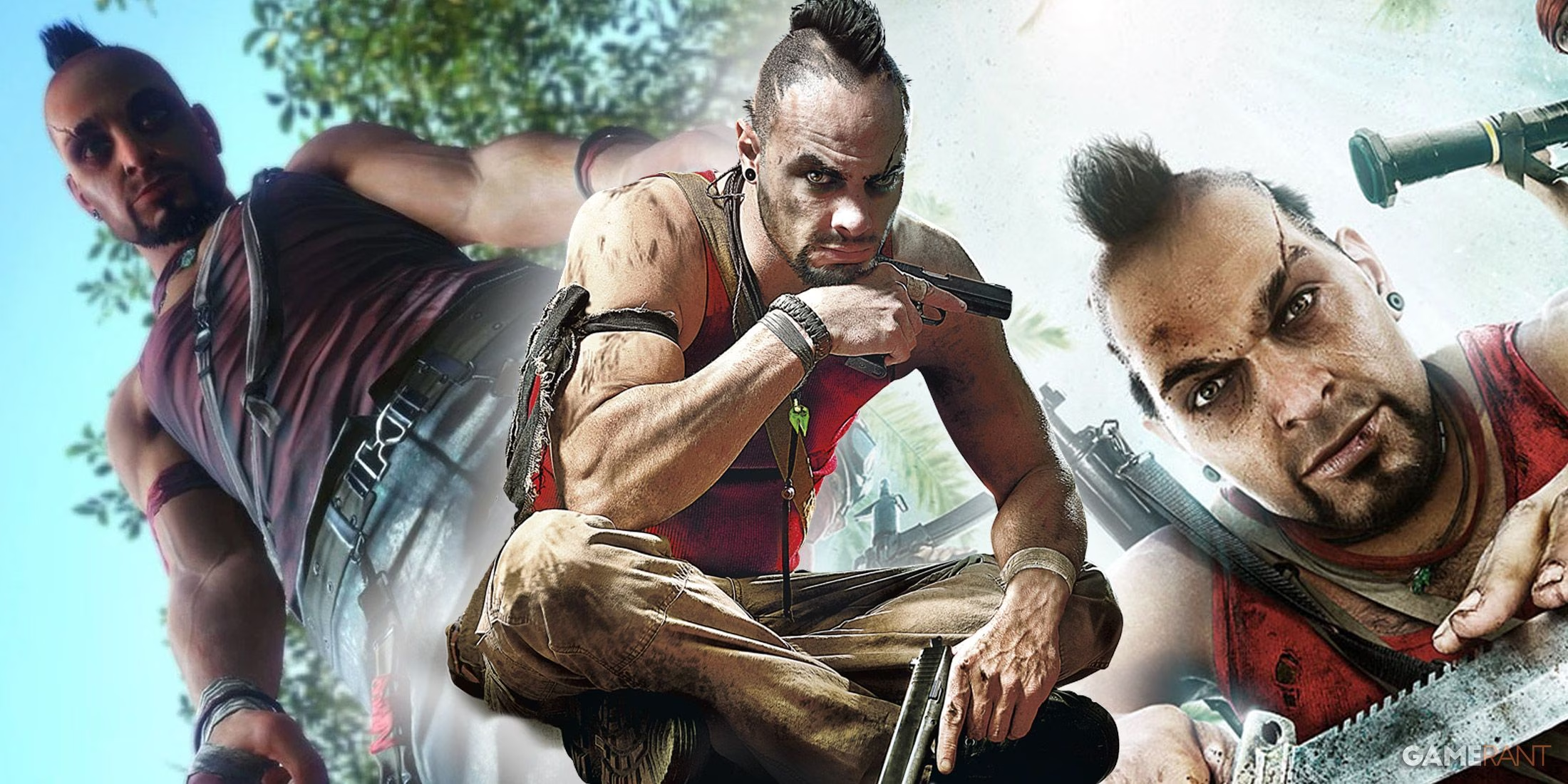Open World Villains: Twisted Reflections of Player Freedom
Explore the chilling realism of villains in open-world gaming, where dark parallels and innovative nemesis systems create unforgettable, terrifying monsters.
In the vast digital landscapes where players roam free, a dark parallel emerges. The very freedom that defines open-world gaming – the power to explore, dominate, and shape virtual realms – manifests in its antagonists with chilling realism. These villains don't just oppose the player; they mirror our digital godhood through their own ruthless control over lives and territories. As players leave trails of chaos in their wake, so too do these antagonists wield cruelty as their currency of power. But what happens when the hunter becomes disturbingly similar to the hunted? This unsettling duality crafts some of gaming's most unforgettable monsters.

The Nemesis System: Your Personal Monster Factory
Warner Bros.' controversial copyright lockdown couldn't erase the genius of Shadow of Mordor's revolutionary mechanic. Through organic rivalries born from player actions, ordinary orcs transformed into vengeance-driven nemeses – scarred, adaptive, and terrifyingly personal. Your own gameplay created these twisted reflections, each death or humiliation forging a unique villain hellbent on your destruction. Isn't it ironic that corporate greed ultimately became the real-world villain stifling such innovation?
Forrest Kaysen: Humanity's Dark Heart
Deadly Premonition's supernatural horrors paled against this human monster. Kaysen revelled in psychological torture, pulling strings like a demonic puppeteer while savoring his victims' despair. His depravity exposed a terrifying truth: flesh-and-blood monsters often out-evil any supernatural entity. His cheerful cruelty during coffee chats made the horror linger long after the controller was set down.
Dimitri Rascalov: The Serpent in the Suit
GTA IV's betrayer mastered subtle villainy. No flamboyant evil here – just cold ambition masked behind reasonable tones and false camaraderie. His calculated betrayals of protagonist Niko Bellic demonstrated how understated treachery creates devastating consequences. Why do we fear him more than cartoonish villains? Because his brand of self-serving deceit exists in every shadowed boardroom.
The Dung Eater: Elden Ring's Poet of Filth
🤢 This grotesque figure turned bodily desecration into philosophical warfare. Jim Johnson's voice acting dripped with perverse joy as this monster pursued his goal: eternal suffering through cursed existence. His terrifying conviction forces players to confront an uncomfortable question – when given absolute freedom, what stops us from becoming architects of despair?
Edgar Ross: Bureaucracy's Bloody Hand
Red Dead Redemption's government agent weaponized respectability. Pressed suits hid a soul corroded by utilitarian evil, sacrificing lives like chess pieces for "greater good" delusions. Ross embodied institutional rot – a chilling reminder that true monsters often hold legitimate authority. His final betrayal of John Marston remains one of gaming's most heartbreaking moments.
Caesar: The Philosopher-King of Cruelty
Fallout: New Vegas' warlord seduced players with charisma and twisted logic. Believing his brutal vision justified any atrocity, he mirrored history's worst dictators. His cult-like legion asked: how easily do we trade morality for order? Even players found themselves tempted by his warped ideology – a testament to brilliant writing.
Vaas Montenegro: The Joker of the Jungle
💥 Far Cry 3's icon redefined video game insanity. Michael Mondo's legendary performance gave us a smuggler-turned-tyrant who tortured with theatrical flair. Vaas became the dark reflection of player actions – every chaotic rampage through Rook Islands asking: "Haven't you become what you hunt?" His famous "definition of insanity" monologue remains quoted to this day.
Skull Face: Engineering Human Suffering
Metal Gear Solid V's villain turned war crimes into methodology. Beyond cartoonish evil, he weaponized language, deployed ethnic cleansing, and embraced torture as policy. His realism made him uniquely vile – a distillation of real-world extremism where vengeance erases humanity. Players felt no sympathy extinguishing this monster.
People Also Ask: Unpacking the Darkness
| Question | Answer |
|---|---|
| Why do these villains resonate so deeply? | They hold up a distorted mirror to our gameplay power fantasies, forcing introspection about virtual morality |
| Which villain best represents corporate greed? | The Nemesis System's legal entrapment proves real-world villainy can overshadow digital creations |
| Can a villain be both charismatic and irredeemable? | Caesar and Vaas demonstrate how charm magnifies horror when paired with absolute moral bankruptcy |
| Do modern games (2025) still create villains this impactful? | Recent titles continue this legacy, but these classics remain the blueprint for meaningful antagonist design |
These digital monsters endure because they tap into our deepest fears about power's corruption. They challenge players not just to win, but to confront what they're capable of becoming in lawless digital realms. When given absolute freedom to kill, conquer, and control – how different are we really from the villains we defeat? Their twisted brilliance lies in making us ponder that question long after the credits roll.
🚩 Which antagonist made you question your own gameplay morality? Share your most unsettling open-world villain encounter below!